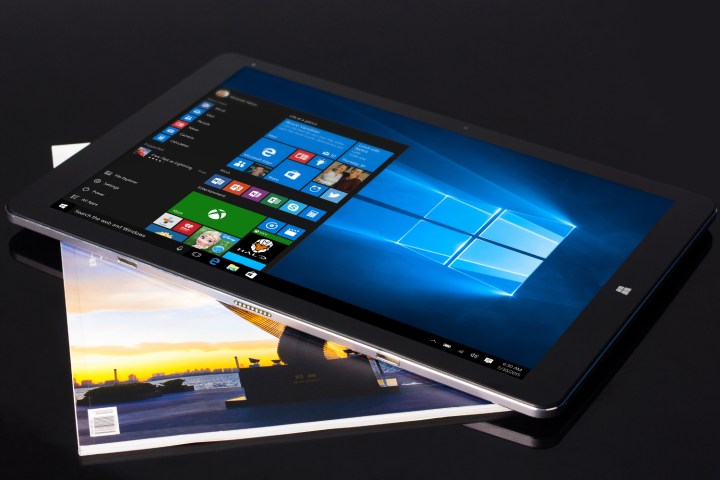
The Chuwi Hi13 will be available starting February 20. However, the device’s pricing is perhaps even more surprising, as it’s set to retail for just $369, according to a report from Liliputing. For comparison, Microsoft’s Surface Pro 4 is priced from $799, while the Surface Book starts at $1,299.
Of course, that’s not to say that the Hi13 is able to match specs with the most capable devices in the Surface line. However, anyone that’s simply looking for a potent 2-in-1 tablet with impressive 3,000 x 2,000 screen resolution might have a more difficult decision to make once Chuwi’s hybrid hits the scene.
The Hi13 comes with Windows 10 Home pre-installed, and also offers support for Ubuntu. The system features an Intel Celeron N3450 processor, 4GB of RAM, and 64GB of eMMC storage. The device is also equipped with a MicroSD card slot that allows for up to 128GB of removable storage to be added.
Its 13.5-inch display offers support for 10-point multi-touch input. In terms of connectivity, it’s outfitted with a USB Type-C port, a micro HDMI port, and two full-sized USB ports. The Hi13 is designed for use with peripherals like Chuwi’s HiPen H3 digital pen, and a detachable keyboard.
Given the continued strength of the Surface brand, it’s unlikely that Microsoft is preparing for a major shift in the 2-in-1 market once the Hi13 launches later this month. However, it’s clear that more and more companies are fielding their own hybrid devices to contest this sector, so there’s likely to be plenty more competition for the Surface line in the months and years ahead.
Editors' Recommendations
- The redesigned new Dell XPS 13 2-in-1 officially launches on August 25
- Dell XPS 13 2-in-1 vs. Surface Pro 8: New competition
- Apple iPhone 13 launch date rumored for September 14 with a 1TB storage option
- Asus pairs the portable ROG Flow X13 2-in-1 with a miniature XG Mobile eGPU
- HP Spectre x360 13 vs. Dell XPS 13 2-in-1


